Leveraging Advanced Technologies and Partnerships
Research and Application of Advanced Technologies
- Basic policies and structure
- Research on image recognition, sensors, and AI technology
- Research on the security of information communication platform
- Research in the fields of society, services, and healthcare
- Product and Service Development and Deployment
Basic policies and structure
Basic concepts and policies
Our company name, SECOM, coined as a contraction of “security” and “communication,” expresses the concept of “building a new security system through cooperation between people and science.” The on-line security systems developed by our company are notable for being service systems that combine hardware, such as sensors, equipment, communication lines, and computers, with human service software, such as the human capacity to make judgments and handle problems. Starting with these systems, SECOM has grown its business with its strength in realizing the integration of people and technology, creating technology that maximizes the power of people.
To support the creation of a safer, more prosperous future society, the SECOM Group aims to provide a variety of new social systems, not limiting itself to security services. When developing the core equipment and systems, we do not think in terms of “what can we use this technology for” but instead “what services are needed by modern or future society?”
When we think about sustainability, we need to keep time spans in mind. To realize this, it is important to think from a distant perspective, while understanding “society as it is at the moment,” but without being constrained. We believe that this is the true meaning of research and that this is how we create value for society and companies.
In product development, it is also important to provide engineers with high-quality environments that enable them to achieve their goals and foster a spirit that promotes the free and open embrace of new challenges. This is because we believe that active and energetic efforts to develop products will create social systems that truly support a prosperous society.
When it comes to safety and peace of mind, there is no finish line, and the efforts of our R&D team are endless. We set forth innovation, uniqueness, and reliability as our development policy, and seek to constantly create systems and equipment that are at the forefront of addressing society’s needs.
Structure
As a starting point to transform the era’s needs into SECOM’s services, the Intelligent Systems Laboratory and the R&D Center work together to conduct research and development for SECOM. At the Intelligent Systems Laboratory, roughly 130 researchers from a wide range of fields are divided into six divisions and 20 groups that engage in research on cutting-edge technologies such as image processing technology and cyber security.
The R&D Center, which is our development base, plays an important role in developing the equipment and systems that are the foundations of our diverse services. Roughly 250 development staff members are divided into groups based on their field of specialization. They flexibly create projects from development themes and engage in technology and system development work. The R&D Center also works to reduce our environmental impact through the use of environment-friendly design and to ensure the safety and reliability of our products and services through repeated equipment reliability testing and operation verification.
Our system for producing diverse products and services involves collaboration with our Group companies such as SECOM Industries Co., Ltd., which manufactures security equipment, Nohmi Bosai Ltd. and Nittan Co., Ltd., which are responsible for fire protection services, and Secom Trust Systems Co., Ltd., which provides telecommunications services, and with numerous partner companies.
Research on image recognition, sensors, and AI technology
Using technology to automatically detect anomaly from images
Having people continuously watch surveillance camera video to detect anomaly is not just inefficient but can also lead to anomaly being overlooked. Therefore, to realize high-quality and high-efficiency service, SECOM has built a system in which a computer automatically detects anomaly, while humans, using their high ability to make judgments, check the results.
We have long been working on image recognition technology to detect anomaly from surveillance camera images. In 1998, we used this technology to develop SECOM AX, a remote imaging on-line security system. In 2010, we developed the Intelligent Emergency Alert System, which automatically detects and reports robberies using surveillance camera images. In 2014, we developed the Walkthrough Face Recognition System, which enables face recognition to be performed on persons walking through the shot. In particular, pattern recognition*1, which forms the core of artificial intelligence (AI), is an important component technology. Since long before the advent of deep learning*2, we have provided society with services that incorporate AI technology.
In December 2017, at the international passenger terminal building of Haneda Airport, we participated in a demonstration experiment sponsored by the Ministry of Land, Infrastructure, Transport and Tourism for an advanced security system aimed at preventing international terrorism. We have contributed to strengthening security and reducing the burden on security guards in crowded environments with technology that automatically detects suspicious behavior from surveillance camera images via image recognition, and then ascertains characteristics such as clothing and body shape to track individuals, as well as technology that detects suspicious items such as packages abandoned for a certain time.
In recent years, as the need has grown for wide-area surveillance at large-scale events, we have also been conducting research on “crowd analysis technology,” which analyzes the behavior of entire crowds. With this research, we conducted a demonstration experiment at a marathon in Japan and contributed to reducing the burden on security observers by estimating crowd congestion and analyzing crowd movements.
*1 Pattern recognition: The process of selecting and extracting objects that satisfy certain rules or have certain meanings from huge amounts of information, including images and sounds
*2 Deep learning: A method whereby a computer learns from large amounts of data, in order to automatically identify rules and features
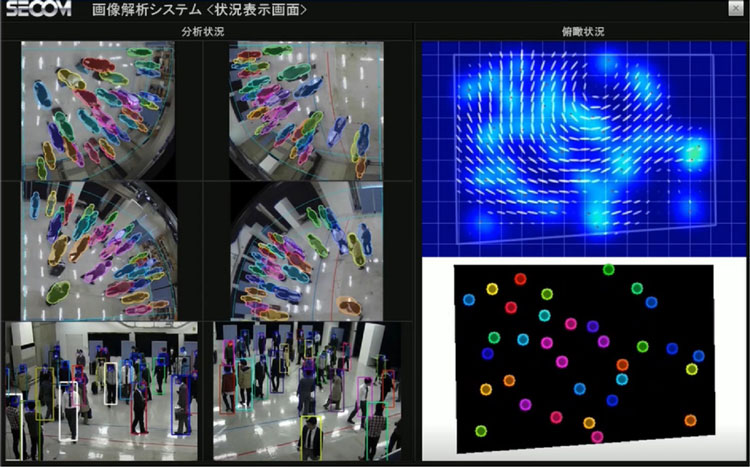
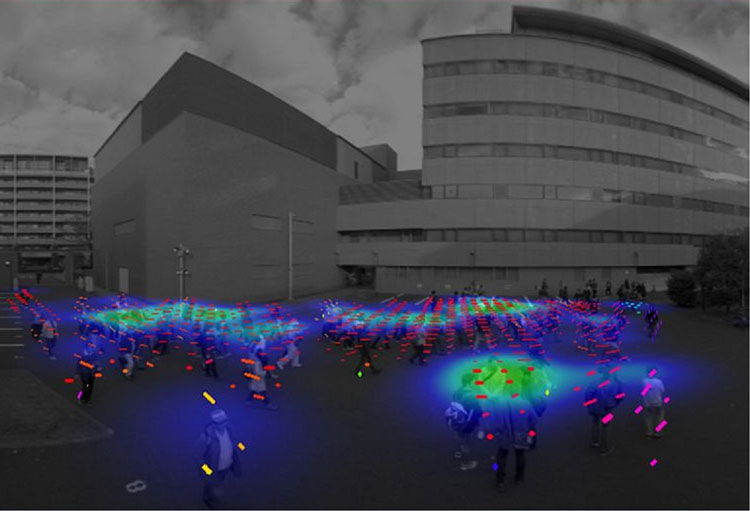
Integrating “knowledge-based AI and “learning-based AI”
In recent years, AI has achieved high performance through deep learning, which works by having computers learn from large amounts of data. However, in security services, which require the uninterrupted automatic detection of “intruders” and “suspicious behavior,” collecting such a large amount of data is practically impossible. For this reason, a technology that does not rely solely on the quantity of data needs to be established.
Furthermore, as deep learning uses an extremely large amount of training data, and the results are output from a large number of intricately interconnected calculations, understanding why particular results are being output is difficult. To provide the “safety and peace of mind” that SECOM aims to achieve, it is important for people to clearly understand why particular results are output, so that they will be able to continuously improve the technologies based on that understanding.
For this reason, we are focusing on the intelligence of humans and the knowledge and know-how for security surveillance objectives, which we have cultivated over many years, as we research our own AI based on human knowledge, so called “knowledge-based AI.” Similarly, in “learning-based AI” depending on data analysis, which is currently the mainstream, we are making a variety of innovations in training data and algorithms (calculation methods). By doing so, we aim to build highly transparent AI, and will integrate both types of AI, in order to work on social implementation while achieving a balance, according to purpose.
Advancement of sensing technologies
Sensors, which stand at the forefront of our services, are indispensable for tracking the status of people, objects, spaces, etc. To improve our services, we need to develop sensing technologies to allow us to assess situations more rapidly, more reliably, and more precisely.
To that end, we are conducting research via two approaches: advancing sensing technologies individually and advancing these technologies by integrating multiple sensors. In terms of individual sensing technologies, we are continuously developing technologies related to light, electromagnetic waves, audible sound, and ultrasonic waves. In terms of integrating multiple sensors, we also aim to establish a technology that compensates for the weaknesses of each sensor and maintains high performance in various environments.
One possible application of this research is the monitoring of homes. To achieve this, we face the major challenge of realizing technology that accurately ascertains situations, while predicting future anomaly from slight changes and also protecting privacy. For this reason, we are researching technology that uses sensors for ultrasonic waves as well as sensors for electromagnetic waves, such as microwaves and millimeter waves, in order to track the detailed movements of people and objects without using cameras.
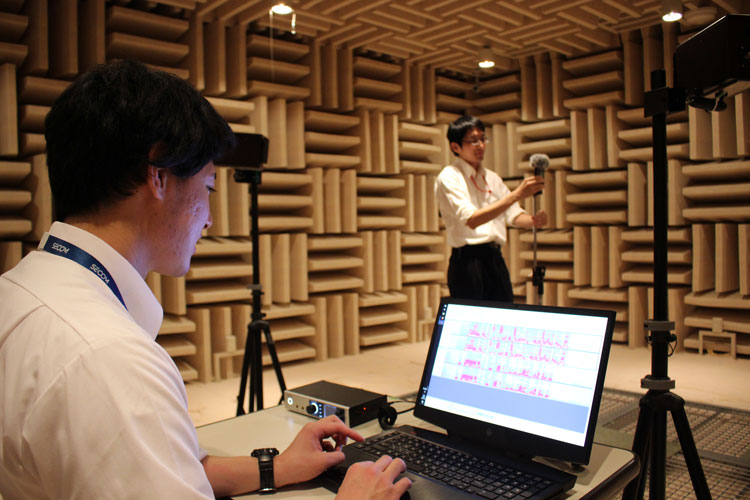
Research on the security of information communication platform
Research on safe and secure information communication infrastructure
For more than 50 years, SECOM has been realizing the potential of the concept of the Internet of Things (IoT), which aggregates sensor signals through communication lines. To bring this concept to further fruition, we have researched the security of the communication infrastructure that transmits and receives signals.
All kinds of things are connected via the Internet, and while its convenience is increasing, a wide variety of risks in cyberspace exists, as well as new threats such as cyber attacks, which are continuing to evolve daily. To secure safety on the Internet, it is essential that we ensure the confidentiality of communications to guarantee the reliability of systems and services, maintain security to assure the authenticity of data, and protect user privacy. Accordingly, SECOM is working on encryption, signatures, and authentication as core security technologies, while also conducting research in cyber security. Furthermore, to realize advanced and personalized services utilizing Big Data, we are researching high-speed, high-reliability network infrastructure technology and working on distributed processing technology.
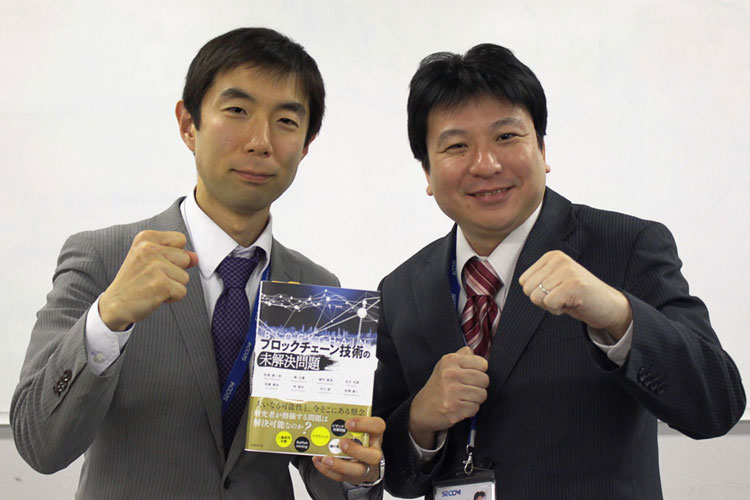
Research in the fields of society, services, and healthcare
Efficient survey, analysis, and security planning utilizing spatial information
Precisely analyzed security plans are essential at events such as international conferences and sports competitions, where VIPS, top athletes and spectators from around the world gather. We have been researching on a technology for utilizing spatial information that integrates geographic information system (GIS) and building information modeling (BIM) technologies. In 2016, we have launched this technology under the brand SECOM 3D Security Planning.
By precisely reproducing on-site environments in digital spaces and assessing on-site situations to identify and analyze risks, we can drastically reduce the effort necessary for on-site surveys. Furthermore, utilizing 3D maps and simulations would enable us to check terrain, buildings, and other facilities intuitively. Also, it is possible to study omnidirectional images taken from moving vehicles, in order to efficiently assess geographical environments and make various plans.
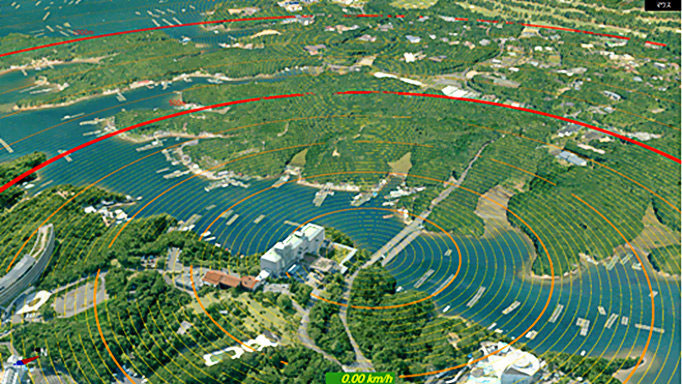
Research to efficiently provide safety, peace of mind, and comfort
To envision and create services needed by society in the future, we are researching analysis and optimization technologies for security planning and operations so that quality, efficiency and eventually the service itself can be improved. Concurrently, we are researching simulation technologies for processes which are difficult to physically formulate, such as human and service processes.
In our simulation technology research, we are investigating methods to model and predict human movements, aiming to optimize operational plans while providing safety and comfort, even for crowded areas. In addition, through the use of service operation simulations, we are investigating methods to provide insight into staff headcounts, work shifts and service quality.
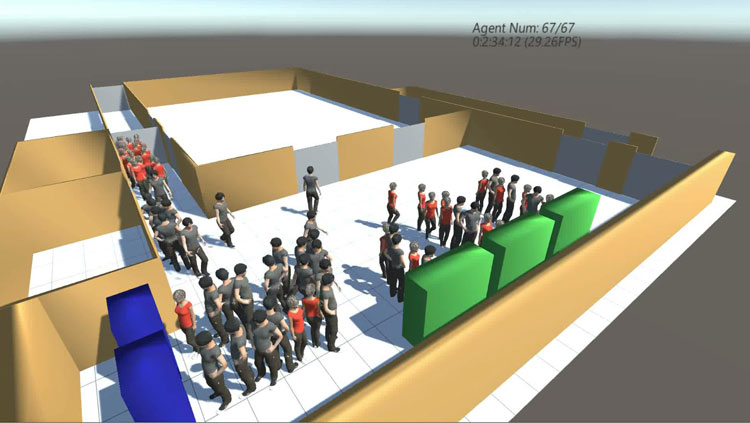
Research in the healthcare field
To address the challenges associated with a super-aging society, we are conducting research on data analysis technology in hospitals to improve the quality of medical care and management efficiency, as well as research on preventative care and health promotion.
In 1994, SECOM began offering Hospi-net, Japan’s first remote image diagnosis support service. In particular, while CT and MRI are rapidly becoming more commonplace, the number of specialists capable of conducting image diagnosis remains small. This has led to a social issue, in that diagnoses require lengthy times, resulting in delays in treatment. In response, the SECOM Group’s medical, technology development, and information communication specialists were assembled to research and develop remote image diagnosis based on technical infrastructure such as communication technology and image compression technology cultivated in SECOM’s on-line security systems.
In addition, we used communication robots to conduct demonstration experiments with the aims of maintaining and improving the quality of life (QOL) of elderly people at SECOM Lifestyle Partner Kugayama in Suginami City, Tokyo. As a result, we confirmed that helping elderly people take medication and alleviating feelings of loneliness have certain effects. For elderly people to live with peace of mind, it is important that they not only receive hospital medical services and regular nursing care services but also live healthy and fulfilling lives at home. We are conducting technical research for health services that match users’ lifestyles, such as guidance for taking medication that corresponds to their lifestyle rhythms.
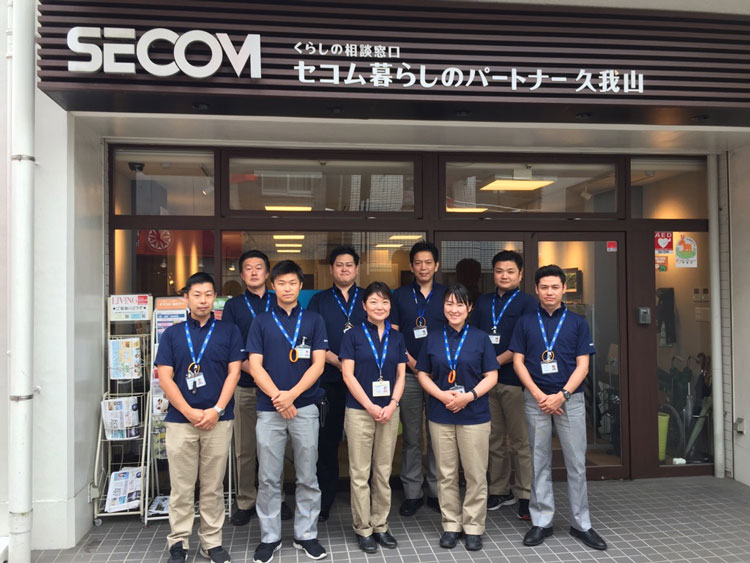
Product and Service Development and Deployment
Process of developing products spurred by social issues
The R&D Center has continuously developed products and systems that the SECOM Group uses to provide customers with safety and peace of mind. These include sensors for detecting anomaly at subscriber sites, security systems for sites of all sizes from homes to large facilities, access control systems, fire-extinguishing systems, and medical and health-related systems.
All these were spurred by social issues such as the diversification of crime, the super-aged society, and increased customer demand for services to watch over elderly parents living apart from their children’s families. SECOM has created countless systems and services that were the first of their kind in Japan, such as COCO-SECOM, which provides high-precision location information.
The sensors that monitor for irregularities at subscriber sites must always perform accurate detection, must rapidly issue signals, and, of course, must be highly capable of withstanding a wide range of installation environments depending on the subscriber. Providing customers with safety and peace of mind requires uncompromising technical strengths. This is why newly developed sensors advance to the manufacturing stage only after undergoing multiple rounds of rigorous reliability testing and evaluation.
We have also created systems for constantly gathering feedback from the field after products are released to the market. Development requests and improvement requests from the field, together with the latest research findings from the Intelligent Systems Laboratory, are used in new product planning and functional improvement activities.
Social
-
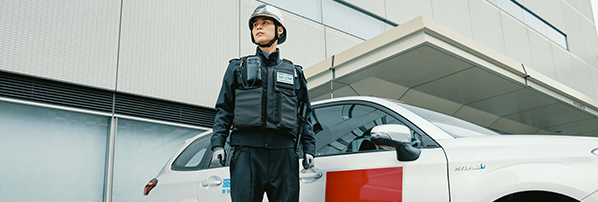
Customer-oriented Services -
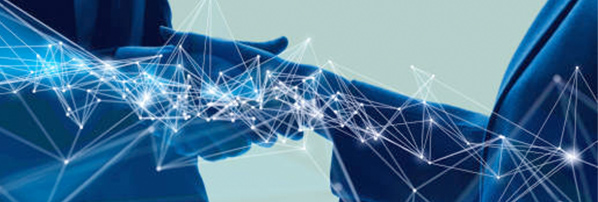
Leveraging Advanced
Technologies and Partnerships -

Employee Self-realization and Diversity -

Coexistence with Local Communities
